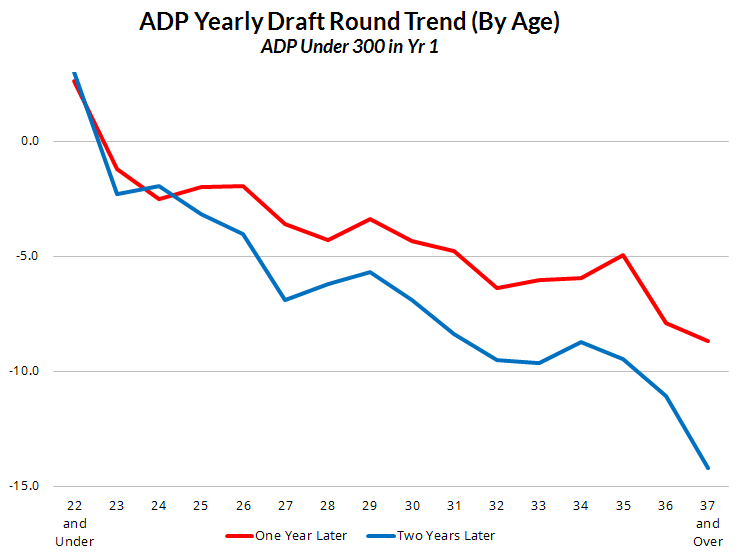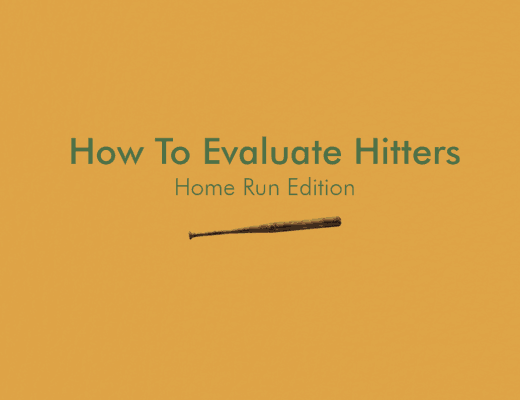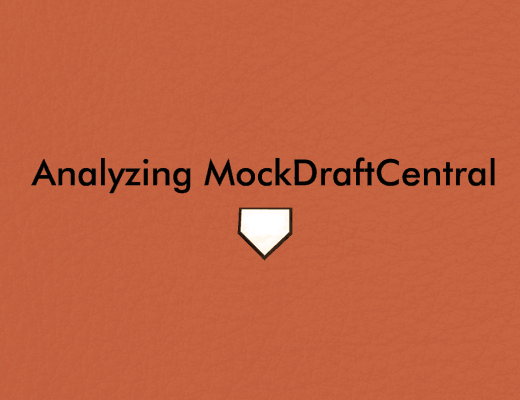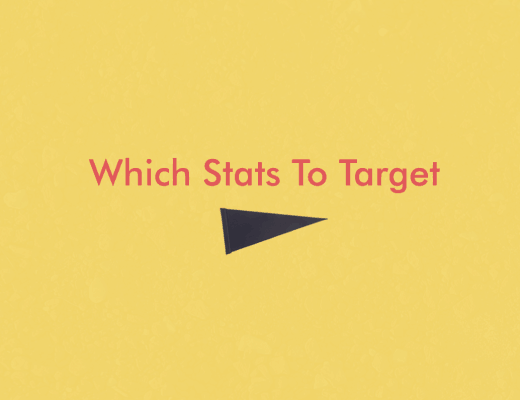Fantasy baseball keeper league teams are nearing the time to decide who they will keep on their roster for the upcoming year. While we can get caught up in players’ past production, these decisions are solely about the future value of your players. The factors that tie into a fantasy player’s future value is a bit complicated but worth exploring as it will help determine who you should keep on your team in the year ahead.
You can choose to keep nearly your whole roster in some keeper leagues while other leagues limit you to keeping just a select few players. Regardless you are trying to determine which players will be valuable this time next year and, ideally, just as valuable for years beyond that.
A lot of research has been done to project player performance for each year but fantasy keepers are ultimately about predicting a player’s future value. You protect the rights to a player because he is valuable. You can still find great performance in less valuable players found later in drafts though. This is about keeping valuable pieces on your roster that will maintain value for you going forward. In the fantasy baseball world, Average Draft Position (ADP) can give you a sense of a player’s perceived value. From my research, the best way to predict a player’s ADP, thus their value, in future years is to look at their current ADP and their age.
Future Value and Age
There’s a prevailing thought that players take a few years before they hit their peak in baseball. Often it is said that Age 27 is the year that a player will breakthrough and hit his peak value. Once upon a time, that may have been true but I was surprised to find that a player’s value peaks going from his first fantasy draft year to his second and then it’s a slow decline from that point forward.
I compiled ADP data with the help of FantasyGameday for the last seven draft years. By player age, here’s a look at the change in average drafted round (in a 12 team league) from one year to the next for players in a larger player pool (ADP up to 300) and a shallow player pool (ADP up to 100). The larger player pool may be who you are considering keeping in a deep keeper league while the shallow player pool is for those who are only required to keep a few players so are only looking at the cream of the crop.
Average change in draft round for drafted players from one age to the next (2007-2014)
|
Age
|
One Year Later (ADP 1-300)
|
One Year Later (ADP 1-100)
|
# Players (ADP 1-300)
|
# Players (ADP 1-100)
|
|
22 and Under
|
2.6
|
0.3
|
50
|
16
|
|
23
|
-1.2
|
-0.2
|
71
|
22
|
|
24
|
-2.5
|
-1.7
|
112
|
39
|
|
25
|
-2.0
|
-1.6
|
139
|
45
|
|
26
|
-1.9
|
-1.2
|
155
|
60
|
|
27
|
-3.6
|
-2.1
|
163
|
65
|
|
28
|
-4.3
|
-2.7
|
151
|
63
|
|
29
|
-3.4
|
-2.0
|
134
|
55
|
|
30
|
-4.3
|
-2.7
|
117
|
50
|
|
31
|
-4.8
|
-4.1
|
108
|
48
|
|
32
|
-6.4
|
-6.1
|
91
|
35
|
|
33
|
-6.1
|
-3.9
|
73
|
27
|
|
34
|
-5.9
|
-3.8
|
55
|
16
|
|
35
|
-4.9
|
-4.4
|
55
|
15
|
|
36
|
-7.9
|
-8.3
|
44
|
13
|
|
37 and Over
|
-8.7
|
-6.3
|
83
|
17
|
|
Grand Total
|
-3.9
|
-2.8
|
1601
|
586
|
The only group that improves their draft stock from one year to the next is the 22 and Under crowd. From there, all players are dropping in value from Year 1 to Year 2. On average, the group in the larger pool drops 4 draft rounds and 3 draft rounds in the smaller pool. Those aged 23-26 on draft day tend to drop but lower than the average rate while those aged 27-31 experience a significant drop. Those older than that tend to experience a severe drop in value going into the next year. Here is a graph of the chart above for the larger pool:
Having a player maintain value from this year to next year is certainly one factor in a keeper decision but we also want to know whether the player will be valuable beyond that. As seen in the graph above and the chart below, the value two years from now greatly favors the younger players.
Average change in draft round for drafted players by age over two years (2007-2014)
|
Age
|
Two Years Later (ADP 1-300)
|
Two Years Later (ADP 1-100)
|
|
22 and Under
|
3.0
|
0.6
|
|
23
|
-2.3
|
-2.5
|
|
24
|
-1.9
|
-3.8
|
|
25
|
-3.2
|
-2.9
|
|
26
|
-4.0
|
-2.8
|
|
27
|
-6.9
|
-5.7
|
|
28
|
-6.2
|
-4.6
|
|
29
|
-5.7
|
-4.5
|
|
30
|
-6.9
|
-6.5
|
|
31
|
-8.4
|
-7.4
|
|
32
|
-9.5
|
-9.8
|
|
33
|
-9.6
|
-8.2
|
|
34
|
-8.7
|
-7.2
|
|
35
|
-9.5
|
-9.7
|
|
36
|
-11.1
|
-11.8
|
|
37 and Over
|
-14.2
|
-12.8
|
|
Grand Total
|
-6.3
|
-5.6
|
Future Value and Position
Aside from player age, one thing that we take into account when assessing value moving forward is position scarcity. The thought being that a player at a scarce position may be more valuable in future years due to that scarcity.
When looking at the larger pool of players, it seemed that shortstops shows less chance of decline than other players (and that relief pitchers showed a much bigger decline than others).
However, when looking at the smaller pool of more elite players, this trend disappeared except for RP’s continuing to decline in an extreme fashion.
I was actually expecting to see there be some sort of correlation between player position and future value but I did not find any statistically significant evidence of that. Perhaps position scarcity isn’t consistent from year to year but the fact remains that player position doesn’t end up factoring into future value.
Conclusion
The conclusion to be reached here is that you need to keep your young players and try to find willing trade partners for your players in their 30’s. If you think your draft-worthy young player might take another year or two to “peak” then you are most likely wrong. Their value will go up after that first year they enter the fantasy draft world and then it will only decline from there. It may seem like simple advice but don’t wait for a peak and don’t be afraid to shop around your older players before their value plummets because it most certainly will. Be ahead of the game.
Based on this research, I have started work on a formula to predict ADP in future years for players. You can see preliminary results for the 2014 top 50 players and their estimated ADP in 2015 and 2016 on this Google Doc sheet.


.png)
.png)


